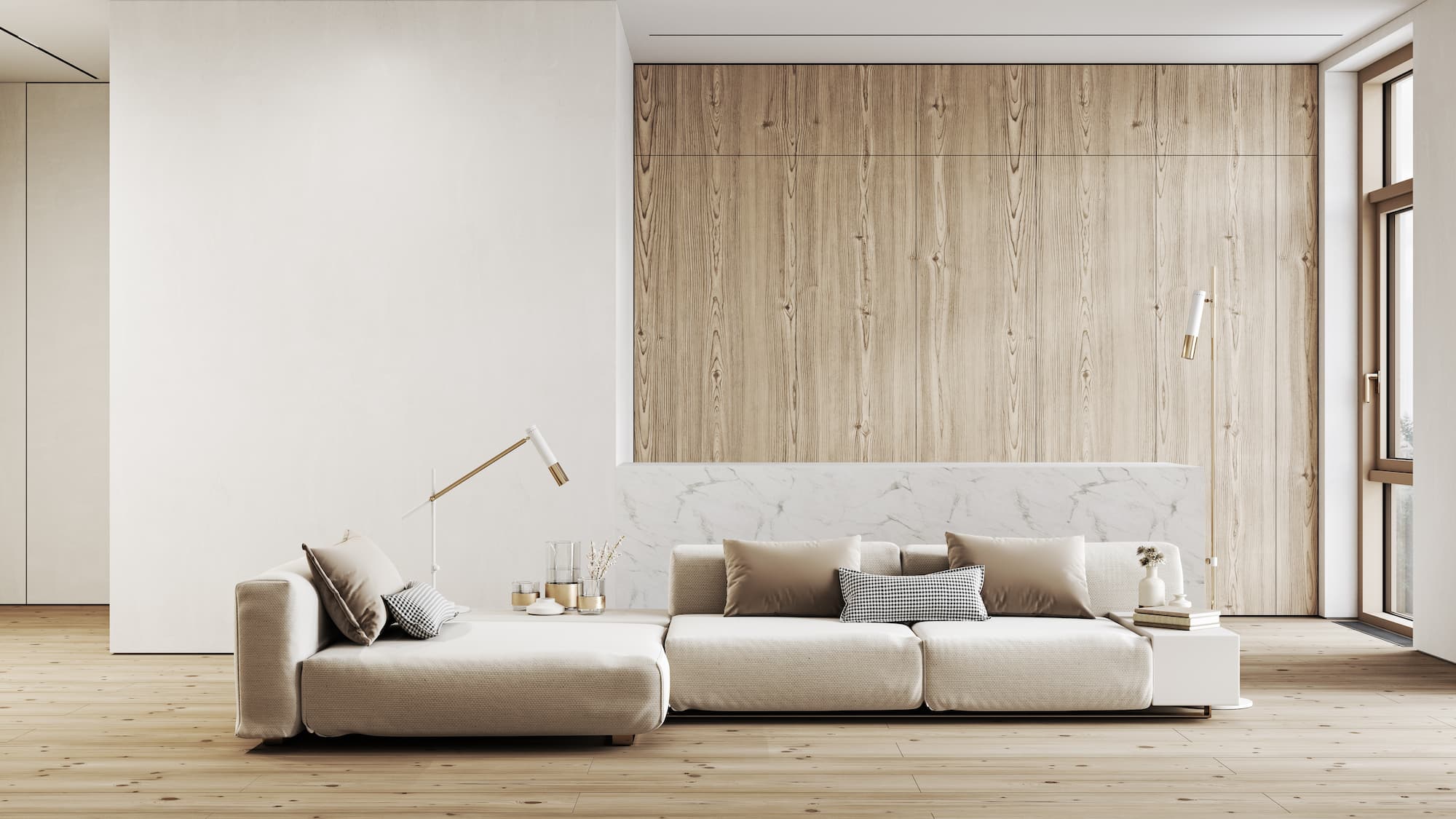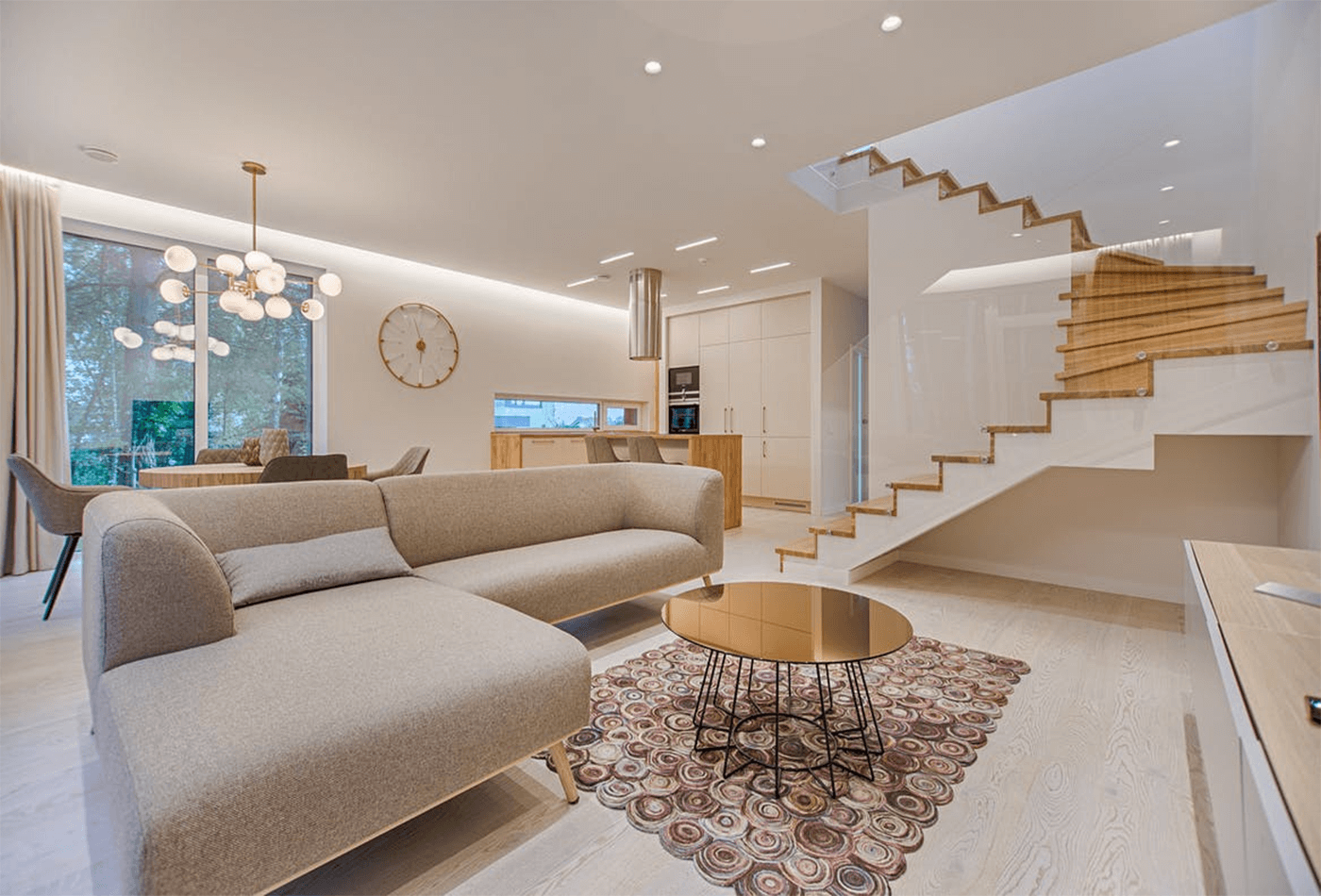Get inspired by professionals in luxury interior design for a stylish home.
Get inspired by professionals in luxury interior design for a stylish home.
Blog Article
Transform Your Home With Vital Principles of Inside Style and Looks
By recognizing the effect of color theory and the relevance of appearance and patterns, one can produce areas that are not just visually attractive but likewise deeply individual. Accomplishing this stability includes more than plain decoration; it encompasses a tactical setup and an eager understanding of just how each element communicates within a space.
Comprehending Color Concept
Recognizing the concepts of color theory allows developers to create spaces that reverberate psychologically with occupants while satisfying functional requirements. Each classification plays a vital duty in developing harmony within an area.
The psychological influence of shades is extensive; warm hues such as reds and oranges evoke energy and heat, while great tones like blues and environment-friendlies advertise peace and peace. Moreover, using complementary colors enhances aesthetic interest, developing striking contrasts that can boost a room's appeal.
Neutral shades, on the various other hand, work as a flexible backdrop, allowing various other layout aspects to radiate. It is crucial to take into consideration variables such as lighting and the area's purpose when selecting a shade combination, as these can change the perception of shades throughout the day.
Inevitably, a well-considered shade scheme can change a space, cultivating a sense of convenience and style that aligns with the citizens' choices. Mastery of color concept is, as a result, a vital skill for any type of indoor designer intending to develop harmonious and inviting environments.
Attaining Equilibrium in Design
Just how can developers achieve a feeling of balance in their areas? Achieving equilibrium in design is basic to producing unified insides. Developers can make use of 3 key sorts of balance: balanced, asymmetrical, and radial. Symmetrical equilibrium involves organizing components uniformly around a main factor, cultivating a sense of order and serenity. This type commonly includes sets of furniture or art work, boosting aesthetic stability.
Unbalanced equilibrium, on the other hand, counts on varying elements that still achieve a natural appearance. This method permits more dynamic and casual arrangements, giving interest while preserving stability. By very carefully picking varying sizes, colors, and textures, developers can produce an aesthetically compelling area that feels well balanced yet energetic.
Radial balance highlights a main focal point with aspects radiating external. This style is generally seen in round designs, where furnishings and design produce a natural border that draws the eye inward.
Inevitably, accomplishing equilibrium calls for thoughtful consideration of range, proportion, and the connections in between components. luxury interior design. By skillfully using these equilibrium principles, designers can change rooms into environments that really feel both visually pleasing and functionally unified, enhancing the general experience for residents
Significance of Spatial Recognition

An eager sense of spatial recognition permits developers to identify focal points within a space, assisting the audience's attention to crucial attributes while preserving a total sense of unity. It additionally aids in the calculated placement of lighting, which can substantially influence the perception of room and state of mind. Additionally, recognizing spatial relationships allows the designer to satisfy the particular needs of inhabitants, making certain that each location serves its designated purpose without compromising aesthetic appeals.
Inevitably, spatial understanding is crucial for making best use of the capacity of any type of interior room. By carefully taking into consideration the interplay between dimensions, design, and feature, designers can produce settings that not only satisfy sensible demands yet additionally stimulate a feeling of convenience and charm, enhancing the general living experience.
Including Structure and Patterns
Welcoming a diverse series of textures and patterns can substantially improve the visual and tactile charm of an interior area. The strategic usage of numerous materials-- such as timber, metal, fabric, and stone-- develops deepness and passion, making a room feel extra inviting and vibrant. Combining smooth surface areas with rough appearances can develop a balance that attracts the eye and engages the detects.
When integrating patterns, think about both scale and rep. Big patterns can function as look here prime focus, while smaller sized, subtle layouts can match various other elements without frustrating the room. Layering patterns, such as pairing flower paddings with candy striped throws, includes complexity and a sense of consistency if carried out attentively.
It is also important to maintain a natural color scheme, making certain that appearances and patterns interact instead of compete for interest. By choosing a couple of vital appearances and patterns, you can develop a merged aesthetic that shows your individual style while enhancing the total ambiance of the space. Ultimately, the careful consolidation of these aspects can transform a mundane space right into an innovative atmosphere rich with character and warmth.
Customizing Your Area
Producing a space that shows your see this here individuality is crucial to accomplishing a really inviting atmosphere. Personalization in indoor design permits you to instill your one-of-a-kind design and rate of interests into your home, changing it from a simple sanctuary right into a refuge that talks with who you are. Begin by picking a color palette that resonates with your feelings-- bold hues can energize, while soft tones supply harmony.
Incorporate artwork and decor that mirror your passions, whether it be traveling, nature, or abstract concepts. Displaying individual collections, such as publications, pictures, or souvenirs, can stimulate valued memories and produce prime focus within a space. Furthermore, consider customizing functional items, like upholstered furnishings, to straighten with your aesthetic choices.

Verdict
In final thought, the improvement of a home with the necessary concepts of indoor style and visual appeal necessitates a thorough understanding of color theory, balance, spatial understanding, structure, and personalization. Each aspect contributes dramatically to producing a harmonious and practical living environment - Architecture Firm. By thoughtfully incorporating these principles, people can boost the aesthetic charm and emotional vibration of their areas, inevitably promoting a home that mirrors special identifications while supplying convenience and usefulness
Report this page